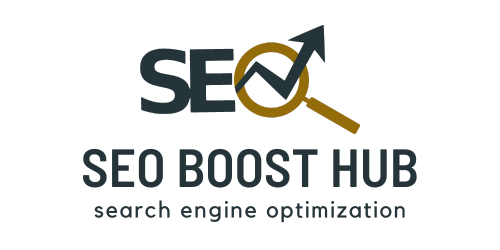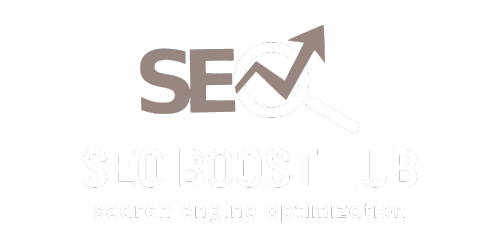Why Tracking Employee Performance Matters
- Enhances Productivity
Regular performance tracking helps identify high-performing employees and those who may need additional support, enabling better resource allocation. - Facilitates Goal Setting
Tracking performance allows for the establishment of clear, measurable goals that employees can strive toward, promoting motivation and accountability. - Improves Communication
Regular check-ins and performance evaluations foster open lines of communication between employees and management, leading to better teamwork and collaboration. - Identifies Training Needs
Monitoring performance helps uncover skill gaps and training opportunities, ensuring that employees receive the support they need to succeed. - Increases Employee Engagement
When employees know that their performance is being tracked and valued, they are more likely to stay engaged and committed to their work.
Effective Strategies for Tracking Employee Performance
1. Set Clear Objectives and KPIs
Establish clear objectives and Key Performance Indicators (KPIs) for each employee. This ensures everyone understands what is expected and how performance will be measured.
2. Regular Check-Ins
Conduct regular one-on-one meetings to discuss performance, address concerns, and provide feedback. This creates a supportive environment and helps employees stay on track.
3. Utilize 360-Degree Feedback
Implement a 360-degree feedback system where employees receive feedback from peers, subordinates, and supervisors. This holistic approach provides valuable insights into performance.
4. Performance Reviews
Schedule formal performance reviews at least once or twice a year to evaluate employee performance against established goals and objectives.
5. Encourage Self-Assessment
Encourage employees to assess their performance periodically. This fosters self-awareness and accountability, allowing them to take ownership of their development.
Tools for Tracking Employee Performance
1. Performance Management Software
- BambooHR: A comprehensive HR software that offers performance tracking features, including goal setting, feedback, and performance reviews.
- 15Five: This tool promotes continuous feedback and employee engagement, enabling managers to track performance through regular check-ins and goal progress.
2. Project Management Tools
- Asana: Allows teams to set project goals, track progress, and evaluate individual contributions to the team’s success.
- Trello: A visual project management tool that helps teams organize tasks and track individual performance on various projects.
3. Employee Engagement Platforms
- Officevibe: This platform offers pulse surveys and feedback tools to gauge employee engagement and track performance over time.
- Culture Amp: Provides tools for employee feedback, performance reviews, and goal setting to enhance overall performance management.
4. Analytics and Reporting Tools
- Tableau: A powerful data visualization tool that can be used to analyze performance metrics and generate reports for management review.
- Google Analytics: While primarily used for web analytics, it can also track employee performance on digital projects through custom metrics.
Best Practices for Tracking Employee Performance
- Be Consistent
Consistency in tracking and evaluating performance is key. Establish a regular schedule for check-ins, reviews, and feedback sessions. - Foster a Positive Culture
Encourage a culture of open communication and continuous improvement. Celebrate achievements and provide constructive feedback to motivate employees. - Provide Training and Resources
Ensure employees have access to the training and resources they need to improve their performance. This could include professional development opportunities, mentorship programs, or online courses. - Act on Feedback
Use the insights gained from performance tracking to make informed decisions about promotions, raises, or additional training needs. Employees should see that their performance tracking has a direct impact on their growth within the organization. - Adapt to Individual Needs
Recognize that each employee is unique. Tailor your performance tracking methods to suit individual preferences and needs, fostering a more personalized approach.












